Footman James Cup Shortlist
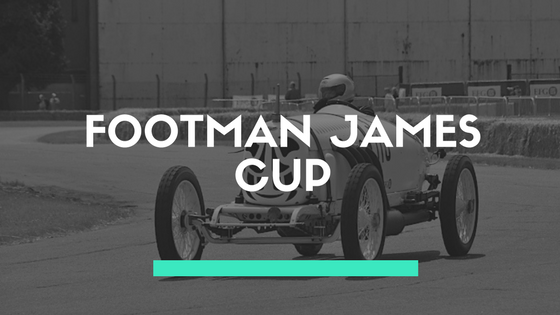
In 2017 we launched the Footman James Cup, an award for the best car in the paddock at Flywheel Festival, held at Bicester Heritage on Saturday 24th and Sunday 25th June 2017.
Here is the shortlist of ten exceptional cars which were open to the public vote during the run-up to the festival.
1904 Stanley Steam Car 8HP CX
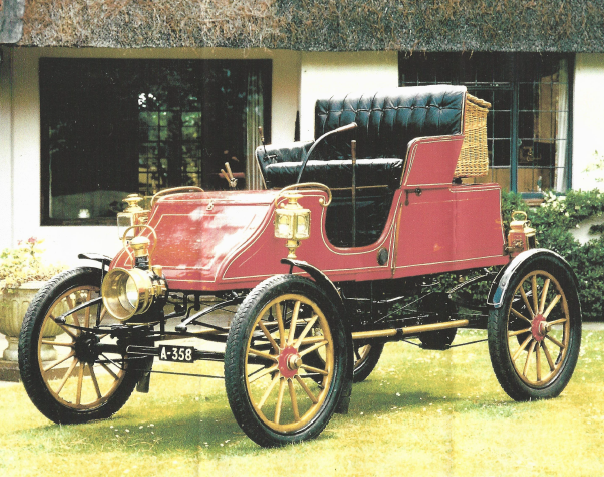
The Stanley Motor Carriage Company was an American manufacturer of steam-engine vehicles; it operated from 1902 to 1924. The cars made by the company were colloquially called Stanley Steamers, although several different models were produced. This model has a double-acting, two-cylinder steam engine with each cylinder producing approximately 500cc. It is run on a mix of diesel and petrol for the main boiler, plus propane gas to keep the pilot light combusting. It has nine gauges and 16 valves, all of which have to be in harmony for it to work properly. The driver sits on top of a boiler operating at 300psi and 300°C of super-heated steam!
This car has taken part on the London-Brighton run twice but far more regularly it is used for ‘chuffing around’ Leicestershire country lanes where the owner lives, ‘for which it is a delight’ he says.
Note from the selection committee: This is a wonderful example of an early motorcar.
1923 GN Spider
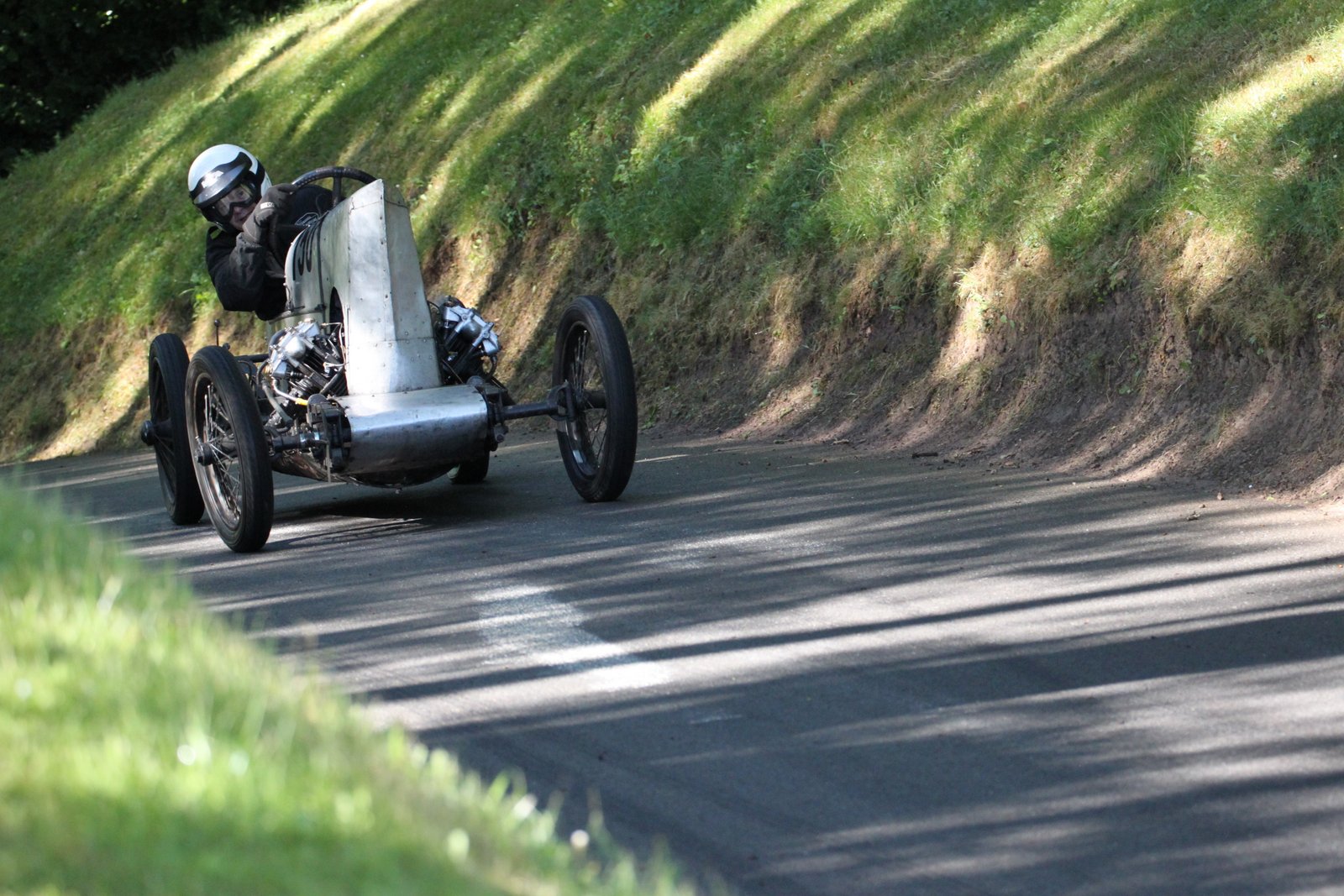
Spider started its life as a GN cycle car chassis, bought by Basil Davenport from Capt. ‘Archie’ Frazer Nash in the autumn of 1923 which had, at Davenport’s request, been converted to central steering . He also bought the prototype GN "Vitesse" v-twin engine. Davenport worked tirelessly and with utter passion and dedication to build a car that would challenge the factory-built giants of the era.
Spider reigned supreme at Shelsely Walsh Hill Climb in the mid to late 1920s in the hands of Davenport, who broke the hill record in 1927, beating Raymond Mays in the ex-Mayner Mercedes-Benz by 0.4 seconds. In 1928 Davenport broke the record twice more and went on to campaign the car on the hills in the vintage category well into the 1960s always adding improvements as he saw fit.
Today this GN is owned and campaigned by David Leigh who has added a number of records and FTDs to the GN’s distinguished history and is always seeking to achieve more. The car is so narrow that you have to be pretty slim to fit in. In fact, there is so little space in the cockpit that there is no footbrake, just clutch and accelerator. There is only a handbrake system and this can be operated from both sides of the car (Basil’s answer to having the required ‘two means of braking’!).
Note from the selection committee: One man’s vision and innovation to take on the factory made GP cars of the era.
1927 Bugatti Type 37A
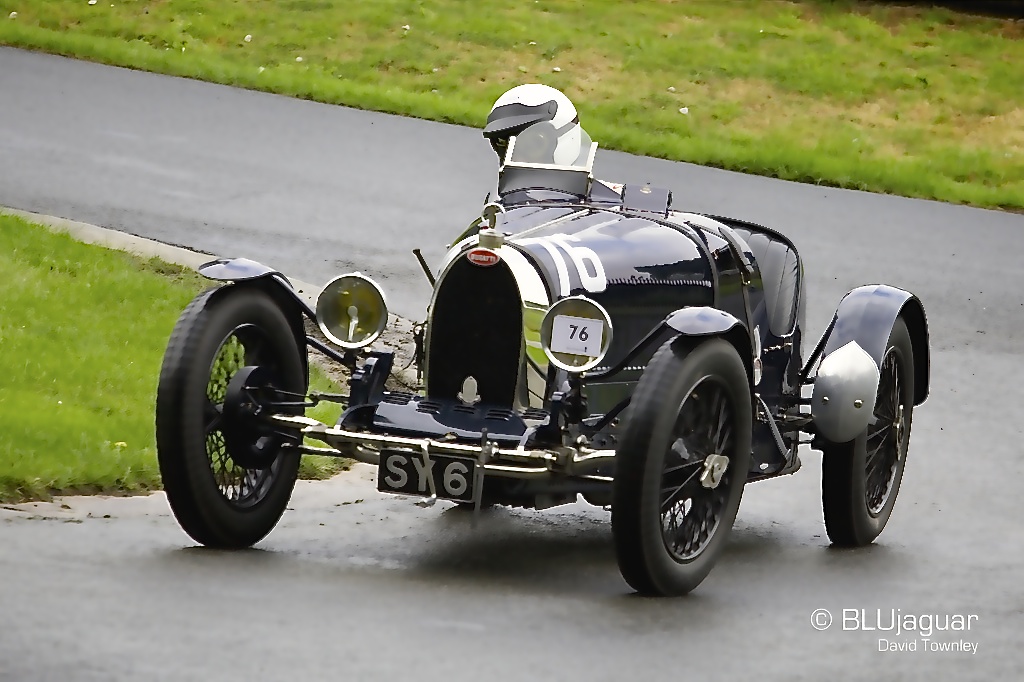
This Bugatti is a rare example of the factory supercharged Type37. A very original car, Piers being only the 5th owner in 90 years – has been in same family ownership for over 30 years.
In earlier life (it lived in Germany until 1952), this car raced in the Eifelrennen Series at the Nurburgring in the early 1930s and during the war lived in the basement of a factory at Ransbach that made equipment for munitions for the war effort. Bought in 1952 by a young officer in the Royal Scots, and sold for £385 in 1955 in order to buy an engagement ring for his fiancée (who happened to be Miss Sweden!).
For the next 30 years the Bugatti lived in Northumberland near Morpeth. It now lives in Gloucestershire and is campaigned regularly and has even driven to the South of France to take part in the French International Bugatti Rally.
Note from the selection committee: The Bugatti is an iconic marque and this car is a super example of the engineering of these beautiful French creations.
1929 Bentley Birkin Blower
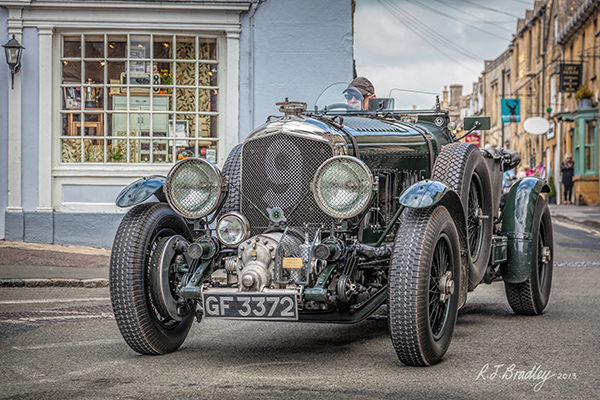
After much success in the mid to late 1920s racing Bentleys as part of the works team ‘the Bentley Boys’, Sir Henry ‘Tim’ Birkin wanted to go faster in his 4.5 litre Bentley. He suggested to WO Bentley that he wanted to fit a supercharger (or ‘blower’) which would enable him to get more power from a lighter car but WO Bentley did not want to do this. Birkin took it upon himself to develop and build the supercharger with both expert help from Amherst Villiers (a well know supercharger builder of the time) and the financial backing of Dorothy Paget.
Only 50 supercharged Bentley’s were produced in the Bentley Motors factory – this being the number necessary for the model to be accepted for the Le Mans twenty-four hour race. Five supercharged race cars were also produced.
The Blower Bentley is a beast of a car with a slightly sinister reputation for taking on and beating the most powerful cars of the 1920s – including the Mercedes-Benz SSK. The bonnet constitutes half of its length and the supercharger gives a terrifying ‘scream’.
Ron Warmington has owned this car for 10 years and says that he wouldn’t swap his car for any other in the world!
Note from the selection committee: The Birkin Blower Bentley is an important chapter in the history of Bentley Motors and was an awesome competitor in its day.
1934 Alfa Romeo Tipo B – P3
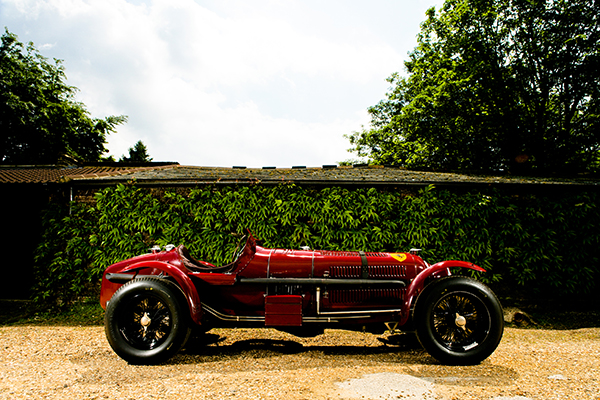
A classic example of a Grand Prix car of the 1930s. The P3 was the first genuine single-seater racing car and was powered by a supercharged eight-cylinder engine. The car was very light for the period, weighing just over 1,500 lb (680 kg) despite using a cast iron engine block. The car was a result of a redesign of the earlier P2 model as the team wanted a car that could last longer race distances. The P3 had great success in the 1932 and 1933 Grand Prix seasons in the hands of drivers such as Nuvolari, Caracciola, Varzi, Chiron and Moll.
This car was produced for the 1934 season and is an ex-Scuderia Ferrari car. Despite the dominance of the German Silver Arrows in the European Championship that year, the P3s won 18 of the 35 Grands Prix held throughout Europe.
In 1935 the car was sold to Charles Martin in the UK, then to Lex Davidson in Australia, back to the UK to Sir Ralph Millais, then Sir Anthony Bamford, David Black and now Matt Grist.
It has recently been campaigned at a number of race meetings and has had notable success with a win at the Historic Grand Prix in Monaco in 2014 and 2nd at the Goodwood Revival in 2016.
Note from the selection committee: A beautiful car with an extraordinary provenance.
1954 Austin A30 ‘Speedwell’
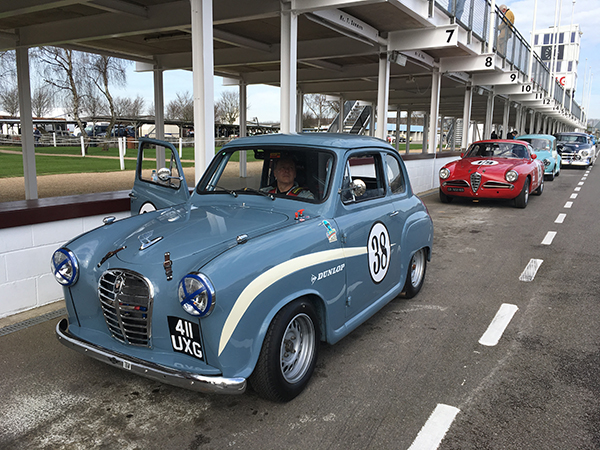
The Austin A30 was a small family car produced by Austin from 1952 to 1956. It was launched at the 1951 Earls Court Motor Show as the "New Austin Seven" and was Austin's competitor with the Morris Minor. The car, along with the larger engined (and hence faster) A35, was quite successful in 1950s saloon car racing.
John Sprinzel (British Rally Champion) founded the highly successful tuning firm Speedwell Performance Conversions Ltd, where he was joined by future Formula 1 World Champion Graham Hill. The Austin A30 'Speedwell' was raced successfully in period by Graham Hill.
This car was built under the guidance of Rae Davis (driving an Austin A35 at Flywheel this year) to a high specification for twice British Touring Car Champion Gordon Sheddon as his personal car, having been campaigned previously in Scotland.
The car was put up for auction at Silverstone Classic in 2016 as Sheddon had too many commitments to race it in 2016, and this is where the current owner Mike Thorne took delivery.
Note from the selection committee: Almost in antithesis to some of the other cars in this short list, the Austin A30 was a small, factory produced car and therefore became an attainable option for racing in the 1950s. Today it is a highly sought after racing car and a lot of fun!
1955 Jaguar D-Type
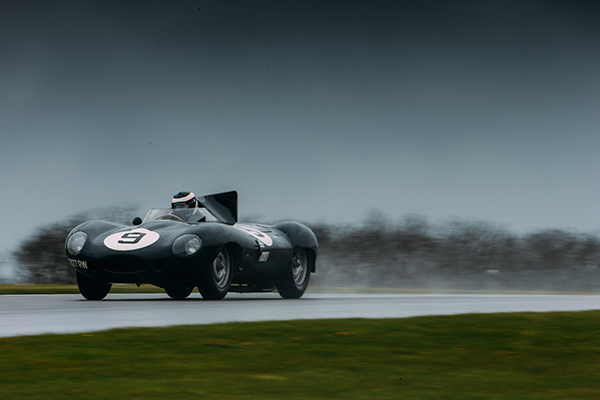
The Jaguar D-Type is a sports racing car produced by Jaguar Cars Ltd between 1954 and 1957. Although it shares the engine-type and many of its mechanical components with the earlier C-Type, its aviation industry influenced structure was radically different. Innovative monocoque construction and an aeronautical approach to aerodynamic efficiency brought aviation technology to competition car design.
Jaguar D-Types had great success winning the Le Mans 24-hour race in 1955, 1956 and 1957. Eastick’s car was reconstructed in the winter of 1996 by John Pearson to the exact specification of the 1955 team cars for Le Mans, using a new sub frame, and RS Panels body and many original, numbered Jaguar works 1955 parts, including works experimental engine EXP.4. The engine EXP.4 held the sports car lap record at Silverstone in May 1956 (when fitted to XKD 603) driven by Mike Hawthorn and then became a test engine at Lindley (MIRA) until December 1958, when it returned to the Jaguar works.
Eastick has owned the car for 21 years, racing all over Europe and in Macau with much success.
The car is still the fastest D-type ever recorded over the standing kilometre in 23.33 seconds at 155mph.
Note from the selection committee: The aerodynamic innovation used for the D-type bodywork stands out as a turning point in competition car design. The beautiful lines of the D-type are much-admired but it is not just a pretty face with notable and exciting wins in period.
1957 Maserati 250S
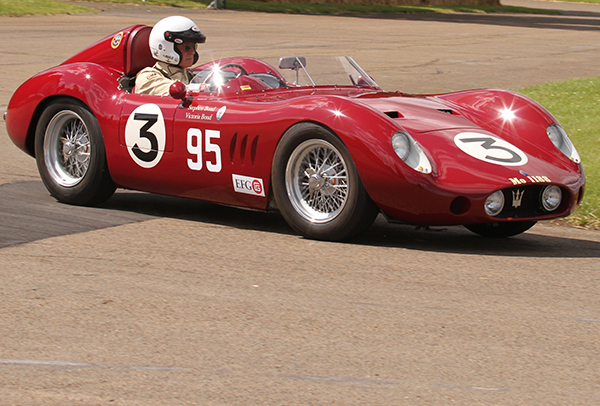
The Maserati 200s had much success racing on the amateur circuit but in 1957, at the Buenos Aires 1000km, a new development of the four-cylinder 200s appeared during practice. Featuring a version of the 200s engine that was bored to 2,489 cc, the new ‘250S’ caused quite a stir. Juan Manual Fangio drove it in practice and achieved some of the day’s best lap times.
However, it was felt that the 250s needed more development so only four examples of this sensational car were ever constructed. Maserati also focused its attention on the next model, the 300s and actually cancelled their race programme altogether at the end of the 1957 season.
Stephen Bond’s ex-works 250S was campaigned by Scarlatti and Bonnier in the 1957 Sebring 12 Hours.
Note from the selection committee: This was a remarkable vehicle for its time.
1962 Jaguar E-Type Lightweight
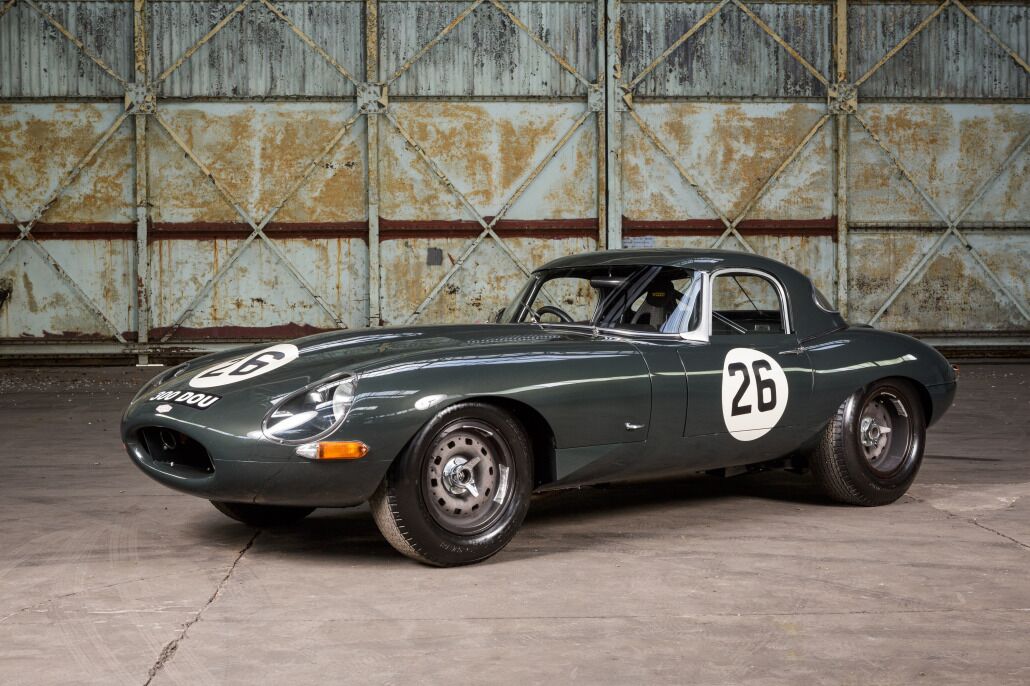
The Jaguar E-Type was manufactured by Jaguar Cars Ltd between 1961 and 1975. Its looks, performance and competitive pricing established it as an icon of the motoring world.
The term ‘lightweight’ was applied to a limited number of E-types produced that made extensive use of aluminium alloy metal in the body panels and other components to make it lighter and therefore faster as a race car.
This particular E-type was built from an original 1961 E-type to be a faithful copy of the factory racing E-types of the period. It now competes successfully in various Historic race series around the circuits of Europe. It is described by its owner as ‘a potent race car which is challenging but rewarding to drive’.
Note from the selection committee: Upon its release in March 1961 Enzo Ferrari called the E-type "the most beautiful car ever made".
1966 Lola T70 Spyder
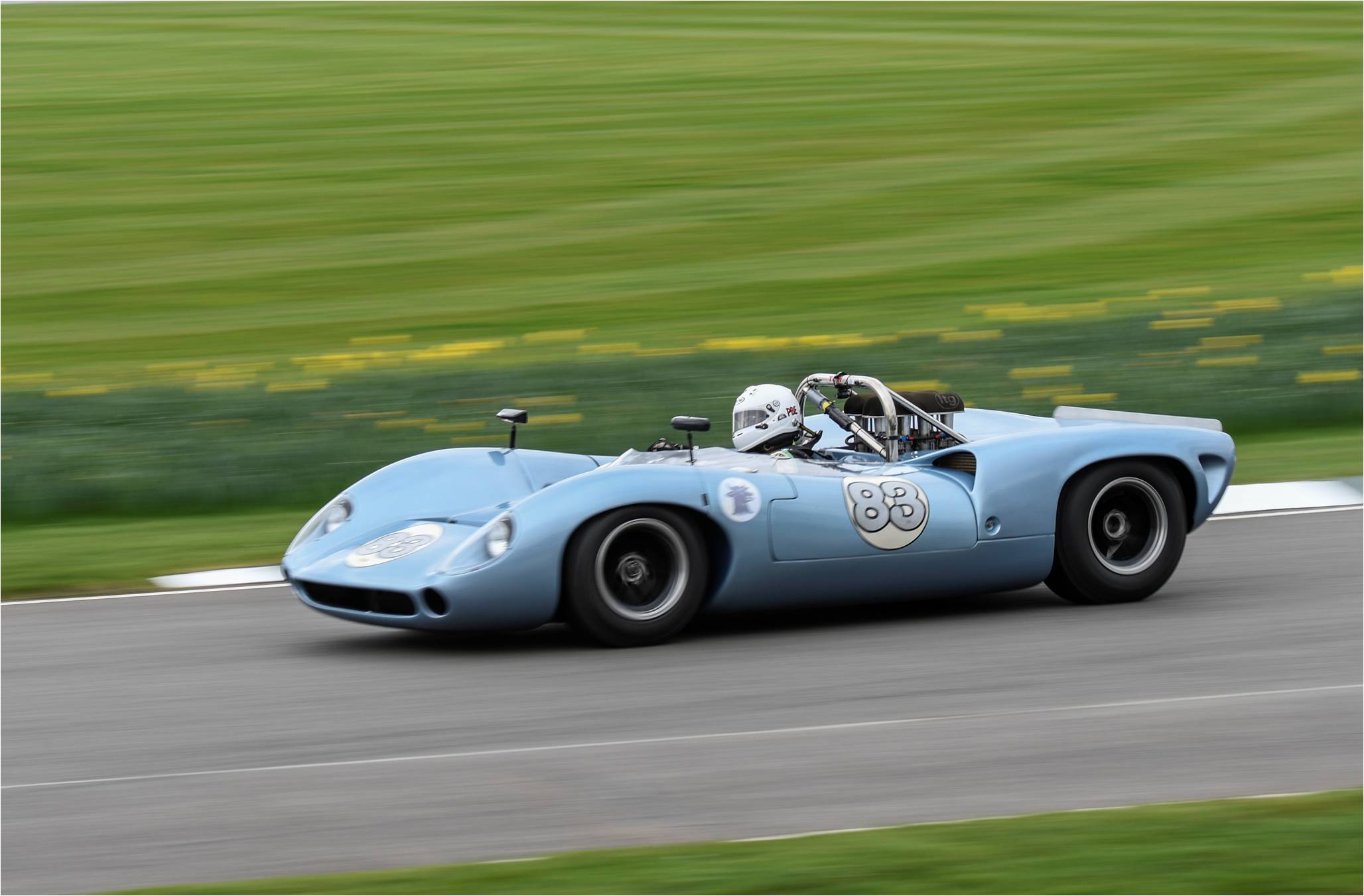
The Lola T70 was developed by Lola Cars in 1965 in Great Britain for sports car racing. Lola built the chassis, which were typically powered by large American V8s.
The T70 was quite popular in the mid to late 1960s, with more than 100 examples being built in three versions: an open-roofed Mk II Spyder, followed by a Mk III coupé, and finally a slightly updated Mk IIIB.
This car was purchased by Goodyear for A J Foyt to be entered by John Mecom in the 1966 Can-Am series. The original Chevy engine was replaced by a 4-cam Indy Ford engine supplied free of charge by Ford. Another Lola T-70 driven by John Surtees won the Can-Am championship that year. Foyt’s car was left sat in a workshop for many years after the 1966 season.
In 2006 it was bought and the car was restored to original 1966 specifications. The car then raced for the first time (as far as is known) since 1966 in the 2007 Monterey Pre-Historics race at the Leguna Seca Raceway and also then at the 2007 Goodwood Revival.
It was purchased in 2014 by the current owner and has been actively campaigned since then at circuits including Donington, Silverstone and Goodwood.
Note from the selection committee: One of the most iconic and ferocious sports racing cars from one of the most exciting eras in motorsport.

COMMENT